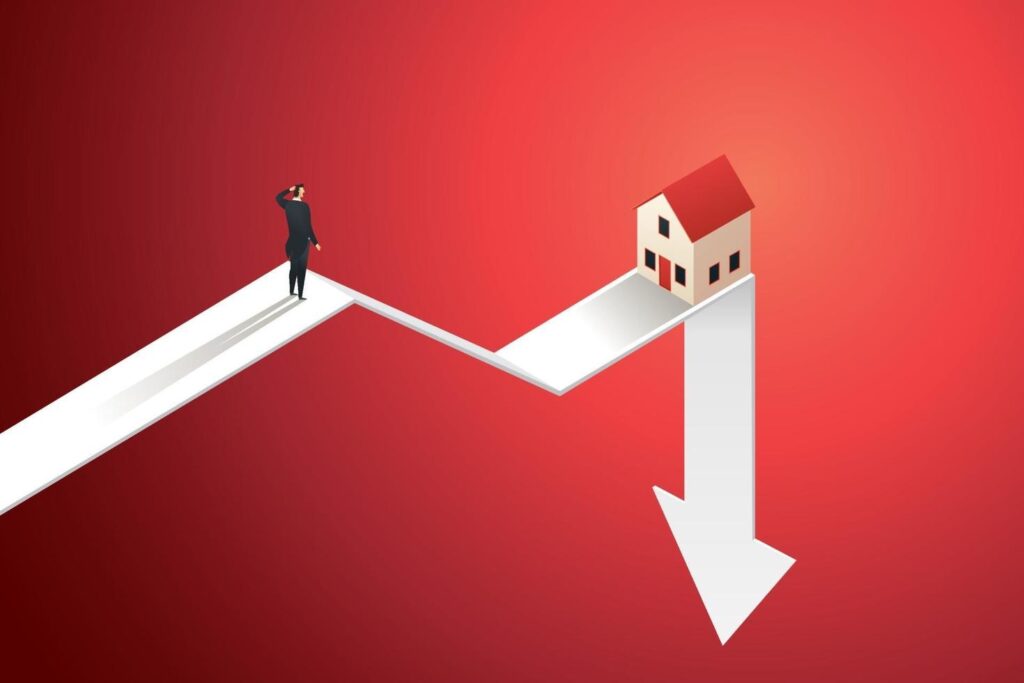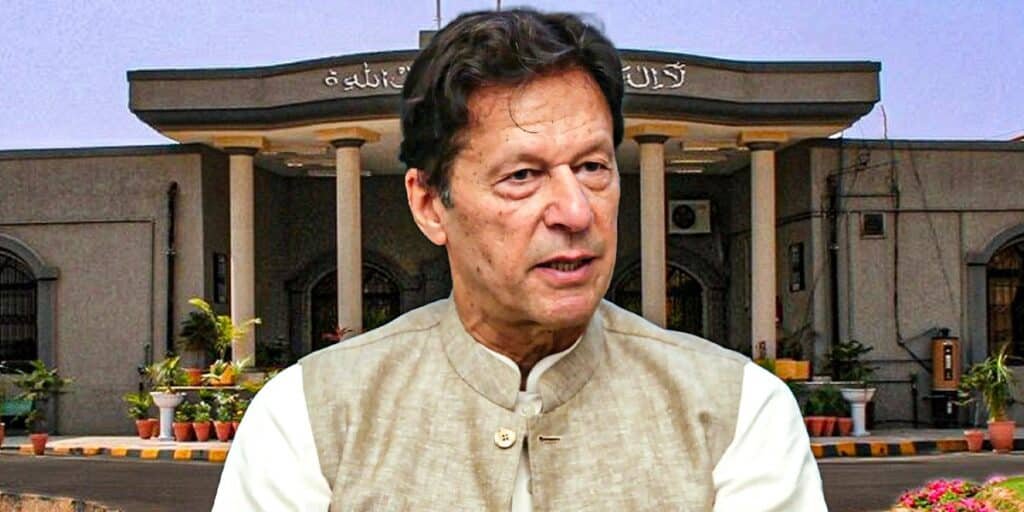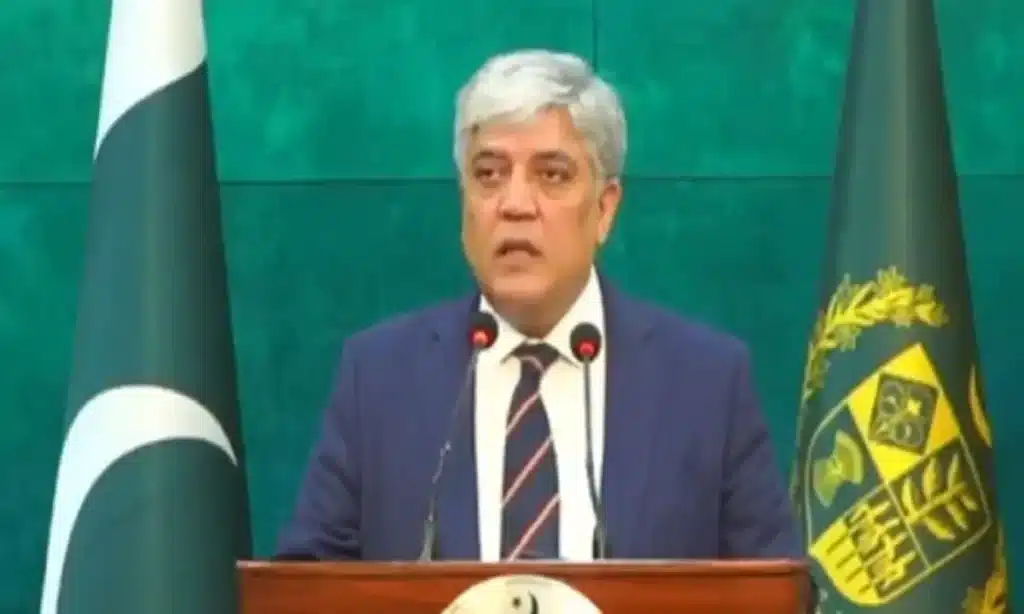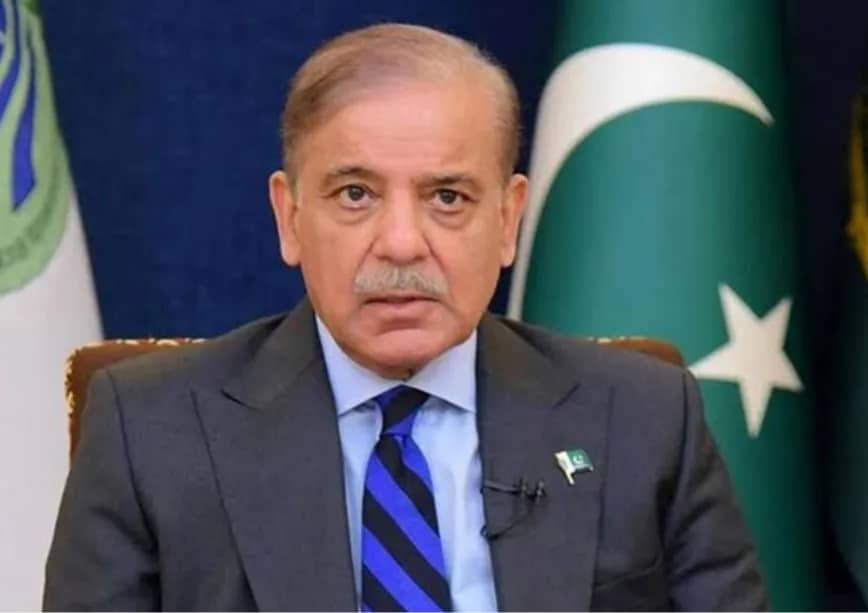ISLAMABAD: Once considered an engine of economic growth and a haven for investors, Pakistan’s real estate market is now grappling with a profound and multifaceted crisis due to a high tax ratio and lack of government encouragement.
From Karachi’s high-rise skylines to the gated communities of Lahore and Islamabad, property values are in decline, transactions have dried up, and investor confidence is faltering. Over the past two years, property prices in major urban centres have dropped by 10 to 15%, especially in middle-income neighbourhoods. Even traditionally stable areas like Defence Housing Authority (DHA), Bahria Town, and Gulberg have seen a sharp fall in activity. In Islamabad, where bustling markets once defined hotspots like I-8, G-10, and Bahria Enclave, property agents say they now go weeks without a single inquiry. A similar silence echoes in parts of Lahore. The decline, experts argue, is not the result of a single policy or event but a combination of systemic issues. Atif Mustafa, a seasoned property advisor, blames a mix of unregulated development, policy uncertainty, and economic instability.
“In the last decade, we saw a mushroom growth of housing societies around Islamabad and Rawalpindi. But less than half have any significant construction or occupancy,” Mustafa said. “An empty plot can’t keep gaining value forever—eventually, prices fall.” The crisis is compounded by a surge in the cost of construction materials, making it prohibitively expensive to build new homes. “A plot I bought in DHA for Rs 30 million is now worth just Rs 15 million,” Mustafa added. At the heart of the crisis lies Pakistan’s record-high interest rate of 24%, enforced by the State Bank of Pakistan in an attempt to rein in runaway inflation. This policy has effectively frozen mortgage financing, putting home ownership beyond the reach of the middle class.
“A home loan is no longer an option for most families,” said Ali Farooqi, Chief Economist at Zameen Analytics. “The cost of borrowing is simply too high.” In a recent report, Farooqi revealed that real estate prices have declined by 12 to 15% in real terms across the country since 2023, but more alarmingly, the volume of transactions has dropped dramatically. The glut of commercial real estate is also worsening the problem. While some developments like Centaurus Mall in Islamabad serve the market effectively, many others lie vacant.
“We built malls without considering whether the market needed them,” said Mustafa. “And now, in every new society, there’s a massive commercial zone with no tenants.” Efforts by the Federal Board of Revenue (FBR) and the National Accountability Bureau (NAB) to crack down on illegally constructed housing societies and enforce income disclosures for property transactions were intended to bring transparency. However, they’ve also driven out informal investors, drying up liquidity in the sector. “The capital that once flowed into real estate is now gone,” said Farooqui.
The Pakistan Institute of Development Economics (PIDE) recently labelled the crisis as “multi-layered,” citing a sharp decline in new constructions, a collapse in financing, and the disappearance of informal capital that once fuelled speculation. Despite signs of reform and government intentions to bring order to the chaos, experts warn that without a major shift in policy, particularly a reduction in taxes and stricter oversight of housing development, the market may not recover anytime soon. “The market isn’t just stagnant—it’s in shock,” said one analyst. “And without urgent interventions, it could take years to regain momentum.”
Read also: Why are young entrepreneurs in KP turning to energy drinks business?





